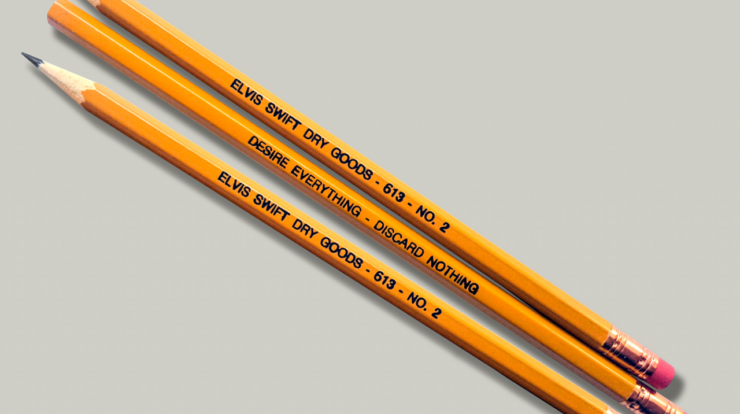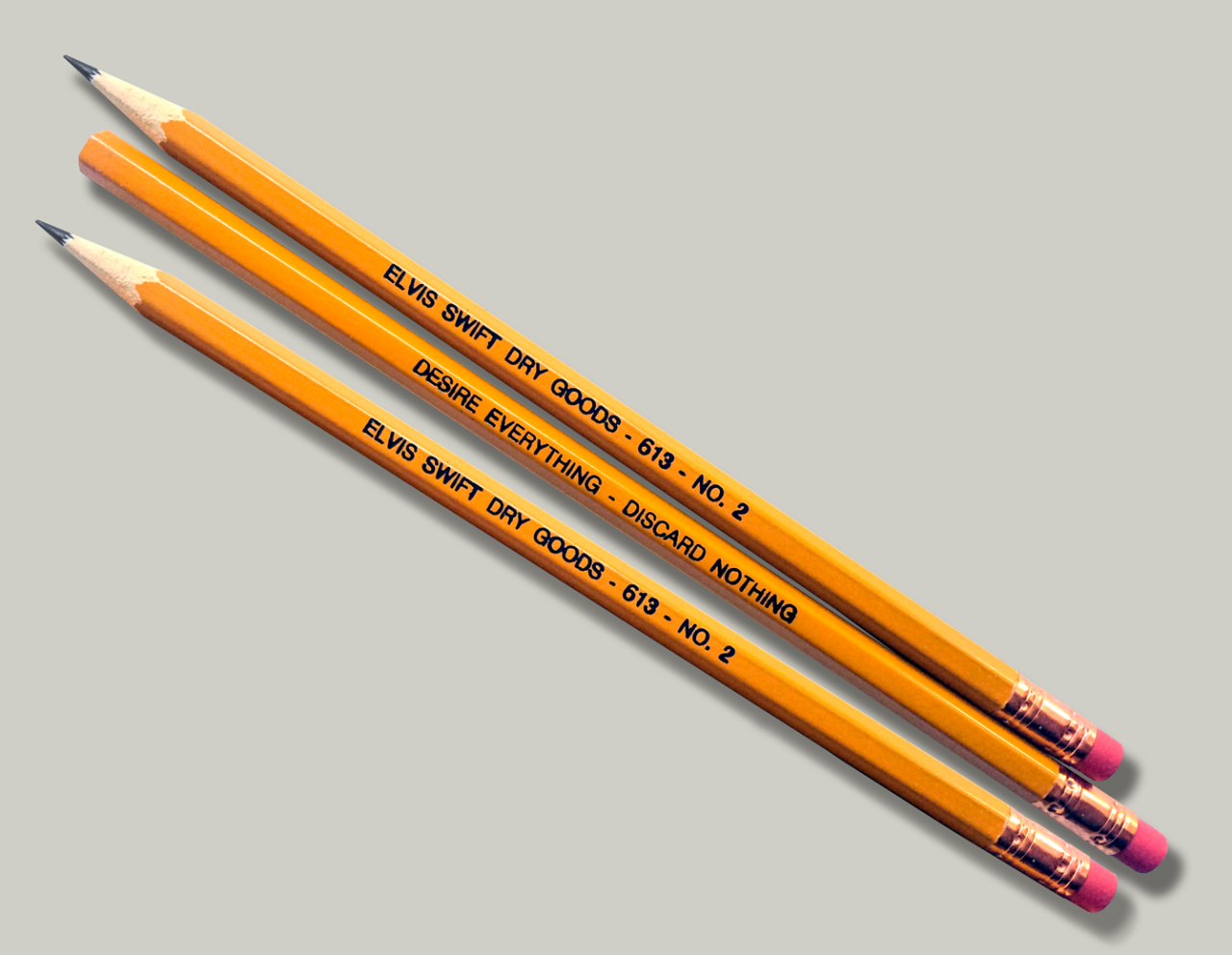
Pencil meaning extends far beyond its humble beginnings as a writing instrument. This versatile tool has evolved into an artistic medium, an educational aid, and a cultural icon. Embark on a journey to discover the multifaceted significance of pencils, from their etymology and variations to their profound impact on art, education, and human history.
From ancient writing systems to modern communication, pencils have left an indelible mark on the world. Their cultural and historical significance is woven into the fabric of human civilization. Join us as we explore the enduring importance of pencils, uncovering their symbolic meanings and associations across different cultures and time periods.
Etymology and Origin: Pencil Meaning

Pencils have a rich linguistic history, with their name tracing back to the Latin word “penicillus,” meaning “little tail” or “brush.” This term referred to the animal hair brushes used in ancient writing systems, which were later replaced by graphite sticks.
The term “pencil” evolved from the French word “pincel,” also meaning “brush.”
Types and Variations
Pencils come in various types, each with unique characteristics and applications. Graphite pencils, the most common type, consist of a graphite core encased in wood or plastic. Charcoal pencils, made from compressed charcoal, produce bold, velvety lines ideal for sketching and drawing.
Colored pencils contain pigments and waxes, allowing for a wide range of colors and artistic expression.
Manufacturing Process
Pencil manufacturing involves several steps. Graphite or charcoal is extruded into thin rods, which are then cut into pencil-sized lengths. These rods are inserted into wooden or plastic casings, which are shaped and painted. The final step involves adding an eraser to the top of the pencil.
Artistic and Creative Uses, Pencil meaning
Pencils are versatile tools for artistic expression. Artists use pencils for drawing, sketching, and illustration, employing techniques like shading, blending, and cross-hatching to create depth and texture. Renowned artists such as Vincent van Gogh, Pablo Picasso, and Leonardo da Vinci have utilized pencils in their masterpieces.
Educational and Writing Applications
Pencils play a crucial role in education. They are essential for early childhood development, fostering fine motor skills and spatial reasoning. Pencils are used throughout education, from note-taking to essay writing, promoting literacy and critical thinking.
Cultural and Historical Significance
Pencils have a rich cultural and historical significance. They were used in ancient writing systems, including cuneiform and hieroglyphics. In modern times, pencils have become symbols of education, creativity, and communication.
Environmental and Sustainability Considerations
Pencil production raises environmental concerns. Graphite mining and wood sourcing can impact ecosystems. However, sustainable practices like using recycled materials and reforestation are being adopted by manufacturers to reduce their environmental footprint.
Future Trends and Innovations
The future of pencils holds exciting possibilities. Digital pencils combine the traditional feel of pencils with digital capabilities, enabling artists to create and edit their work on tablets or computers. Environmentally friendly materials, such as bamboo and recycled plastics, are being explored to minimize the environmental impact of pencils.
Last Recap
In the ever-evolving world of pencils, the future holds endless possibilities. From digital pencils to environmentally friendly materials, innovation is shaping the next chapter in pencil history. As we embrace these advancements, we can anticipate that pencils will continue to inspire, educate, and empower generations to come.
Helpful Answers
What is the etymology of the word “pencil”?
The word “pencil” originates from the Latin word “penicillus,” meaning “small brush.” It was first used to describe a small brush made of animal hair used for painting.
What are the different types of pencils?
Pencils come in various types, including graphite, charcoal, and colored pencils. Each type has unique characteristics, uses, and applications.
What is the significance of pencils in education?
Pencils play a crucial role in education, fostering cognitive and motor skills such as fine motor control and spatial reasoning.





